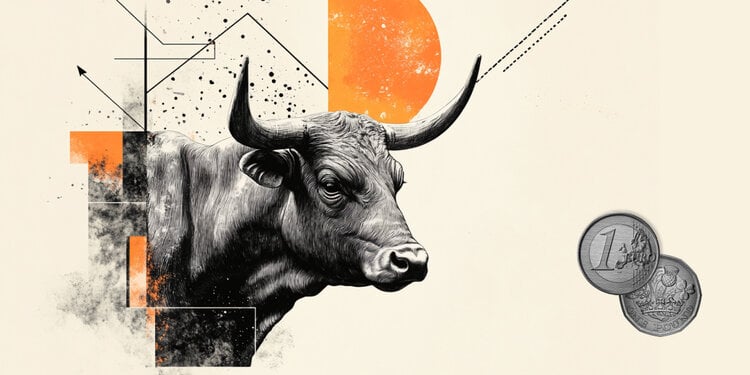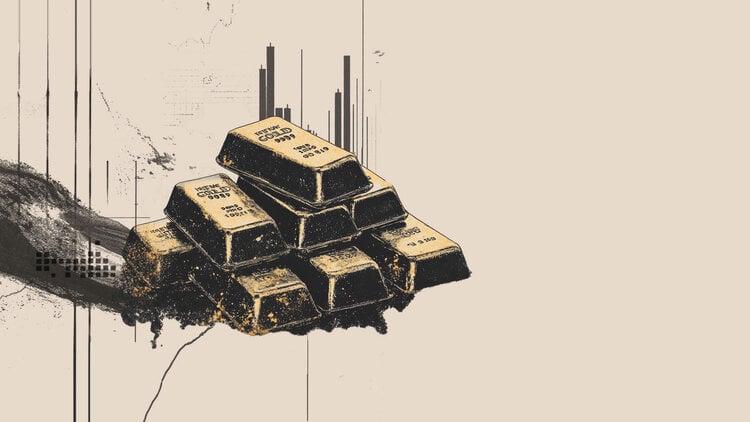The price of the US Dollar against the Colombian Peso has fallen today, Tuesday, June 11, to two-day lows at 3,931.00 after reaching a daily high at 3,967.25.
USD/COP is trading at the time of writing above 3,940.55, losing 0.67% on the day.
Colombia publishes its inflation data late on Tuesday
- Colombia will publish its I dataConsumer Price Index (CPI) today at 23.00 GMT. For the annual data, the forecast is a moderation to 7.14% in May compared to 7.16% in April. The monthly data is expected to have increased 0.41% compared to 0.59% the previous month.
- In the United States, May inflation will be published tomorrow, which is expected to remain at 3.4% annually in the general index and to have moderated to 3.5% from the previous 3.6% in the underlying figure.
- The US Federal Reserve’s monetary policy decision will also be announced tomorrow, with interest rates expected to remain unchanged at 5.5%.
economic indicator
Consumer Price Index (YoY)
The Consumer Price Index (CPI) is published by the National Administrative Department of Statistics (DANE) of Colombia, measures the variation in the price of goods and services representative of family consumption. It is a way to measure changes in consumption and inflation trends. Readings above expectations could be interpreted (taking into account the potential impact on monetary policy) as positive for the Colombian peso (COP), while readings lower than expected as negative for the Colombian currency.
The US Dollar FAQs
The United States Dollar (USD) is the official currency of the United States of America, and the “de facto” currency of a significant number of other countries where it is in circulation alongside local banknotes. According to 2022 data, it is the most traded currency in the world, with more than 88% of all global currency exchange operations, equivalent to an average of $6.6 trillion in daily transactions. After World War II, the USD took over from the pound sterling as the world’s reserve currency.
The single most important factor influencing the value of the US Dollar is monetary policy, which is determined by the Federal Reserve (Fed). The Fed has two mandates: achieve price stability (control inflation) and promote full employment. Your main tool to achieve these two objectives is to adjust interest rates. When prices rise too quickly and inflation exceeds the 2% target set by the Fed, the Fed raises rates, which favors the price of the dollar. When Inflation falls below 2% or the unemployment rate is too high, the Fed can lower interest rates, which weighs on the Dollar.
In extreme situations, the Federal Reserve can also print more dollars and enact quantitative easing (QE). QE is the process by which the Fed substantially increases the flow of credit into a clogged financial system. This is an unconventional policy measure used when credit has dried up because banks do not lend to each other (for fear of counterparty default). It is a last resort when a simple lowering of interest rates is unlikely to achieve the necessary result. It was the Fed’s weapon of choice to combat the credit crunch that occurred during the Great Financial Crisis of 2008. It involves the Fed printing more dollars and using them to buy US government bonds, primarily from financial institutions. QE usually leads to a weakening of the US Dollar.
Quantitative tightening (QT) is the reverse process by which the Federal Reserve stops purchasing bonds from financial institutions and does not reinvest the principal of maturing portfolio securities in new purchases. It is usually positive for the US dollar.
Source: Fx Street
I am Joshua Winder, a senior-level journalist and editor at World Stock Market. I specialize in covering news related to the stock market and economic trends. With more than 8 years of experience in this field, I have become an expert in financial reporting.







